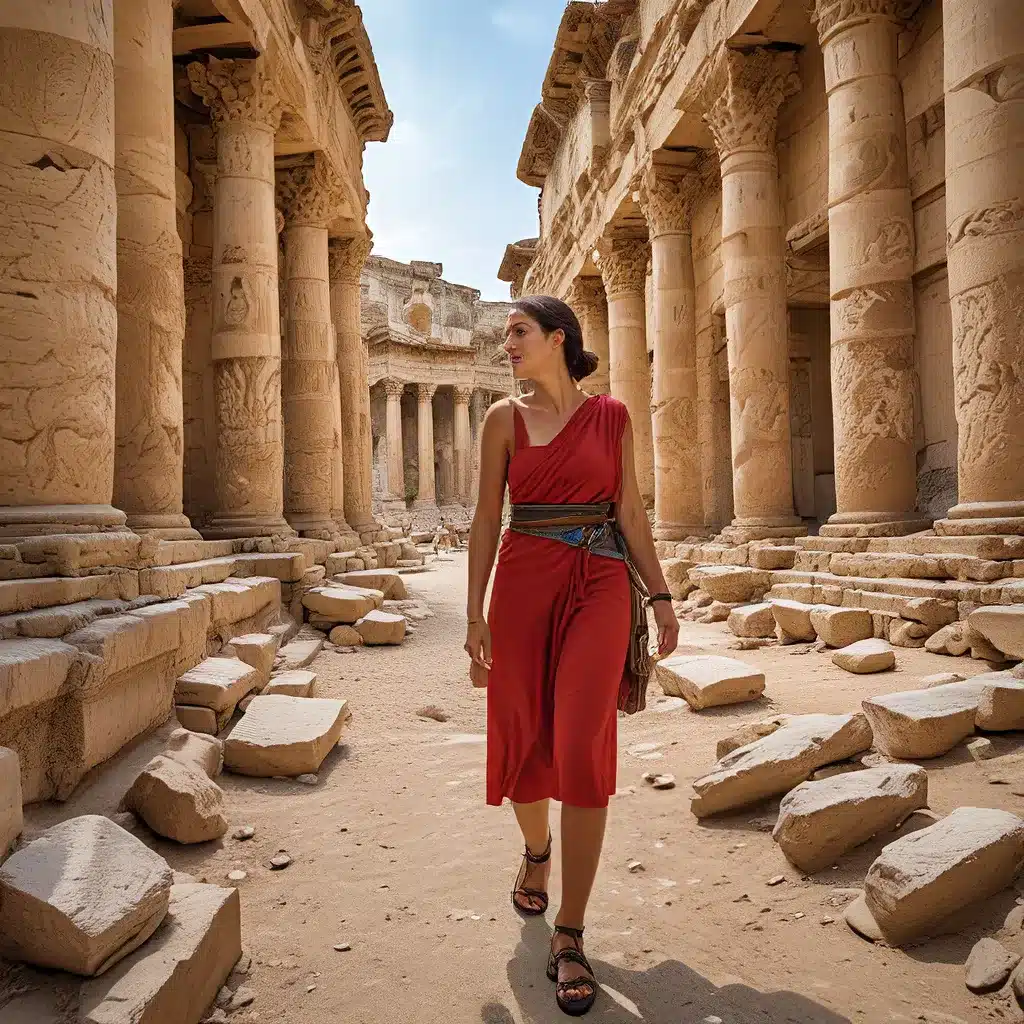
Unveiling the Mysteries of the Ancient World
In the vast tapestry of human history, there are moments of extraordinary discovery that captivate our collective imagination. The unearthing of ancient civilizations, the unraveling of lost cultures, and the unveiling of long-buried secrets – these are the threads that weave together the fascinating narrative of our shared past.
One such thread is the incredible story of the archaeological adventures of Wendell Phillips and his intrepid team, who ventured into the heart of the Arabian Peninsula to uncover the hidden wonders of the ancient kingdoms of Qataban and Sheba.
Rediscovering the Lost Kingdoms of Arabia
In the spring of 1951, Wendell Phillips set out on a monumental expedition to the city of Marib, the legendary capital of the Sabaean kingdom – the domain of the biblical Queen of Sheba. With a sense of elation and excitement that he had never experienced before, Phillips and his team embarked on a journey to uncover the buried ruins of this once-great civilization.
As Phillips described, they were “standing where no American or Englishman had ever stood and where no non-Moslem had been to our knowledge since 1889.” The prospect of excavating this prize site, where no scientific exploration had ever taken place, filled them with a deep sense of purpose and anticipation.
The focus of their expedition was the Awam Temple, also known as the Mahram Bilqis, the largest of its kind on the Arabian Peninsula. According to ancient Sabaean inscriptions, this temple was dedicated to the moon god Almaqah, the principal deity at Marib.
At the time, only the tops of the temple’s eight massive pillars and the upper sections of an oval wall remained visible, buried under the windblown sand of the desert. Painstakingly, the team removed the sand, uncovering a large hall lined with monumental pillars, stairways, and impressive bronze and alabaster sculptures, as well as numerous inscriptions.
The Challenges and Setbacks of Antiquity
However, the expedition was not without its challenges. Tribal tensions in the region brought the team’s work at Marib to a sudden halt, forcing them to abandon all their equipment and archaeological discoveries in their haste to leave.
Wendell Phillips always hoped to return to Marib and continue his groundbreaking work, but his untimely death in 1975 prevented that dream from being realized. It would be almost half a century later, in 1998, that the government of Yemen invited Merilyn Phillips Hodgson, Wendell’s sister, to continue her brother’s work.
Under the auspices of the American Foundation for the Study of Man (AFSM), Merilyn and an international team of archaeologists, epigraphists, architects, and geomorphologists once again began excavating the Awam Temple in Marib. For the first time, the interior of the oval precinct walls was excavated to a depth of sixteen feet, and new inscriptions were discovered.
The team’s surveyor generated digital topographic plans and three-dimensional models of the site, which have greatly aided future expeditions. Through nine seasons of excavation, the AFSM team has unearthed one of the most significant architectural complexes and religious centers of ancient Arabia.
Unraveling the Secrets of the Sabaean Kingdom
The Sabaean kingdom, which flourished in southwestern Arabia from the 8th century BC to the 6th century AD, was a powerful and prosperous civilization known for its control of the lucrative incense trade. The capital city of Marib was a thriving hub of this trade, serving as a gateway between the ancient civilizations of the Mediterranean and the cultures of the Arabian Peninsula.
The Sabaean people were skilled in agriculture, architecture, and engineering, as evidenced by the impressive irrigation system they built to channel water from the Sabaean dam, one of the largest pre-Islamic engineering projects in the region.
The Sabaean script, a South Semitic language, is another remarkable aspect of their cultural legacy. This sophisticated writing system was used to record the history, religion, and daily life of the Sabaean people, providing invaluable insights into their complex society.
Through the ongoing excavations at Marib and other Sabaean sites, archaeologists and historians continue to uncover a wealth of information about this captivating ancient civilization. From architectural marvels to religious iconography and inscriptions, each new discovery sheds light on the Sabaeans’ way of life, their technological achievements, and their cultural influences that stretched across the ancient world.
The Enduring Allure of Antiquity
The archaeological adventures of Wendell Phillips and his successors at the AFSM serve as a testament to the enduring allure of the ancient world. Their groundbreaking discoveries in the Arabian Peninsula have not only expanded our understanding of history, but also ignited a sense of wonder and excitement in the hearts of scholars, enthusiasts, and the general public alike.
As we continue to explore the mysteries of the past, the lessons and insights we glean from these extraordinary expeditions hold the power to shape our understanding of the present and inspire our vision for the future. The journey of discovery never ends, and the thrill of uncovering the hidden treasures of antiquity remains an enduring source of fascination for all who are captivated by the lost kingdoms of our shared heritage.


